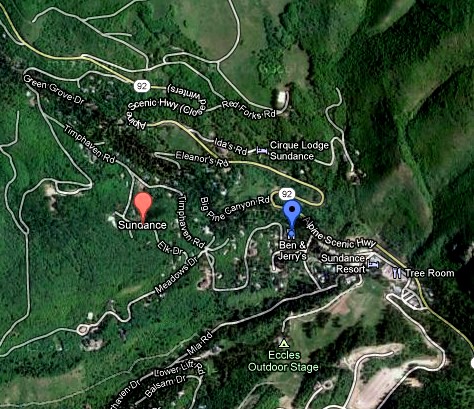Sundance UT Real Estate
Homes and Cabins in Sundance
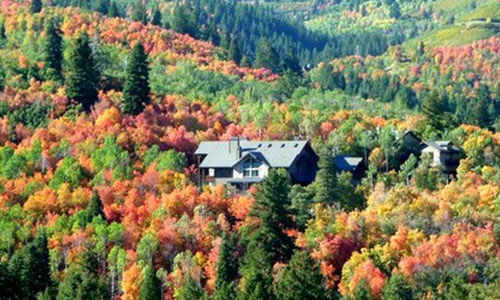
Sundance Utah Real Estate
Incredibly, Sundance has only had three owners – ever. The Indians, the Stewarts, and Robert Redford. Centuries ago, the Ute Indians were retreating to this canyon. It was their summer camp, a spiritual place filled with dense forest and cascading waterfalls where they could enjoy cooler temperatures and hunt the abundant game. In the 1890’s, two brothers, Scott and John Stewart, surveyed this land for the US Government to enable homestead claims. With great foresight and a few bucks, the Stewart brothers decided this exquisite wilderness would be a great place to call home. And the Stewart family has been here ever since.
Fifty years later, in 1944, Ray Stewart and his wife Eva opened a quaint home-spun ski resort called Timp Haven, a favorite of local skiers. With a homemade rope tow, a single chair lift crafted from local timbers, and a T-bar (that was scary as hell to ride) the small ski area became the embryo of what is now the Sundance Resort. Less a few improvements over the years the land remains much as it was thanks to the environmental conservation of the Redford family.
In 1969, the Stewarts sold the simple ski resort and 5,000 adjacent acres of land to Robert Redford, who has held firm to his vision of protecting the canyon from developers for over 40 years. The Stewart family joined Mr. Redford in making a public commitment to forever preserve their family lands by donating a large conservation easement to Utah Open Lands. As a result, the family legacy and stewardship of this extraordinary place will live on for future generations.
As third generation Stewarts, it’s our honor and privilege to extend our warm and friendly hospitality to our guests and welcome them to this most extraordinary expression of nature in the North Fork of Provo Canyon. Courtesy of Stewart Mountain Housing
Sundance Avalanche Danger
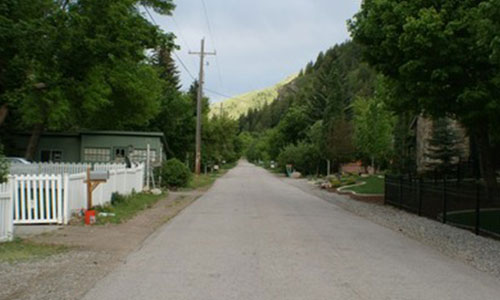
Snow avalanches have always conflicted with human development in the Wasatch Mountains. Historical usage of the Wasatch Mountains has shifted from mining to winter recreation and development. Likewise, the avalanche hazard has shifted from mining to winter recreation and development.
In describing avalanches along the Wasatch Front, Perla (1971) points out that a growth in winter usage and development has increased public exposure to avalanche hazard. Perla provides examples of evaluating sites based on terrain and vegetation when planning new construction.
Avalanche mitigation methods are used to eliminate or reduce the hazard to an acceptable level. Mitigation of avalanche hazard is generally more feasible and effective when proposed structures are concerned rather than existing structures. The reduction of risk by zoning and design is not possible because the homes are already constructed. Likewise, the hazard cannot be eliminated. An acceptable level of risk would need to be determined and then mitigation alternatives could be evaluated to determine hazard reduction and cost feasibility.
Even though the mitigation possibilities are limited because the homes are constructed, structural and operational mitigation methods should be evaluated. Structural mitigation methods could involve the construction of arresting, deflecting or catchment structures in the runout zone. Supporting structures in the starting zone would not be possible because the starting zone is in the Mt. Timpanogos Wilderness Area where permanent manmade structures are not allowed.
Operational mitigation methods could consist of seasonal occupation, occupation with an evacuation alternative and explosive control of avalanches. Seasonal occupation would involve usage when the avalanche hazard is not present, generally May through October. Occupation with an evacuation alternative could be used to reside in the homes during the winter months. Evacuation would be based on avalanche hazard forecasting. Seasonal occupation and occupation with an evacuation alternative only protects human life and not damage to structures. Artificial release of avalanches by explosives is a widely used form of mitigation for ski areas and highways. Artificial release generally involves the release of smaller avalanches to limit the release of large avalanches. Avalanche.org
Sundance Subdivisions
Sundance Homeowners Associations
Brickhaven
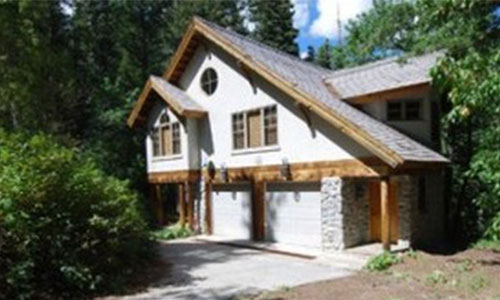
Brickhaven Subdivision
- Brickhaven Corporation
- Co-operative Ownership – Traditional financing may be difficult to obtain.
- Private Gated Community
- Renting the property is against HOA guidelines
In Brickhaven, each owner owns stocks that represents the parcel and real property. Owner/member of the corporation is subject to by-laws set Brickerhaven. This type of real estate is known as ,a CO-OP.
Brickhaven HOA Fee: $133/mo
Brickhaven HOA fee includes: Water, snow removal, road maintenance, and security gate.
Lower Elk Meadows
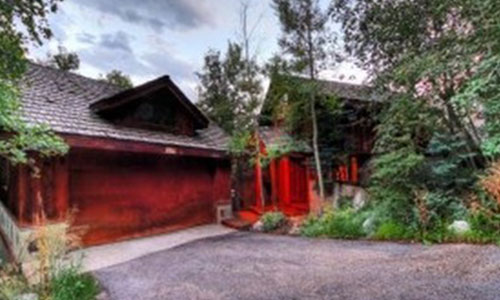
Lower Elk Meadows Subdivision
Lower Elk Meadows HOA
Private
Lower Elk Meadows HOA Fee: $100
Mandan
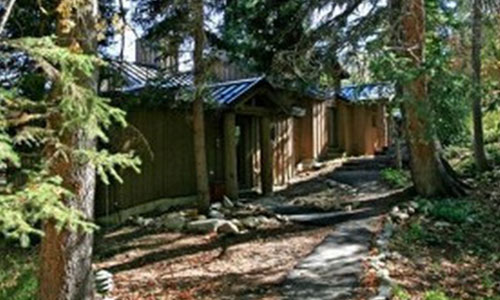
Mandan Subdivision
Mandan HOA Fee: $133/mo plus $166/mo Water and Sewer Fee
The Pines
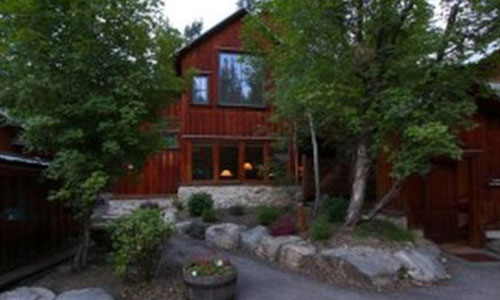
The Pines Subdivision
The Pines HOA Fee: $500/yr
River Run

River Run Subdivision
HOA Fee $450 – 3005/yr
Stewart Cascades - SCAPO
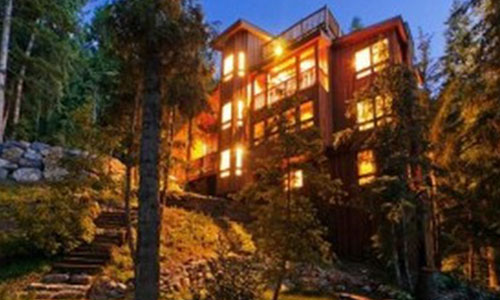
Stewart Cascades Subdivision
Private Gated Community
Stewart Cascades HOA Fee: $166/mo
Stewart Cascades HOA Fee Includes: Road maintenance, snow removal, trash, and subdivision amenities
Sundance Utah Association
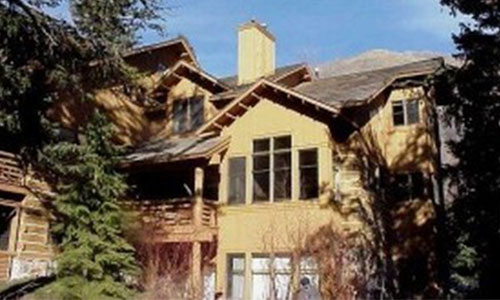
Sundance Utah Subdivision
Sundance HOA Fee: $450 plus $150 Snow Removal during winter
Sundance HOA Fee Includes: Trash, Year-round Road Mainenance, Gate
Recreational Resort

Sundance Recreational Resort
Sundance Recreational HOA: $1900/yr
Sundance Recreational HOA Fee Includes: Snow removal of roads and driveways, Road Maintenance
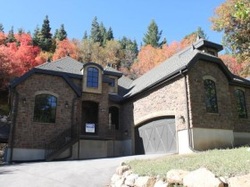
Sundance Utah - Timphaven
Timphaven Subdivision
Timphaven HOA Fee: $500 per year plus $540 per year snow removal
